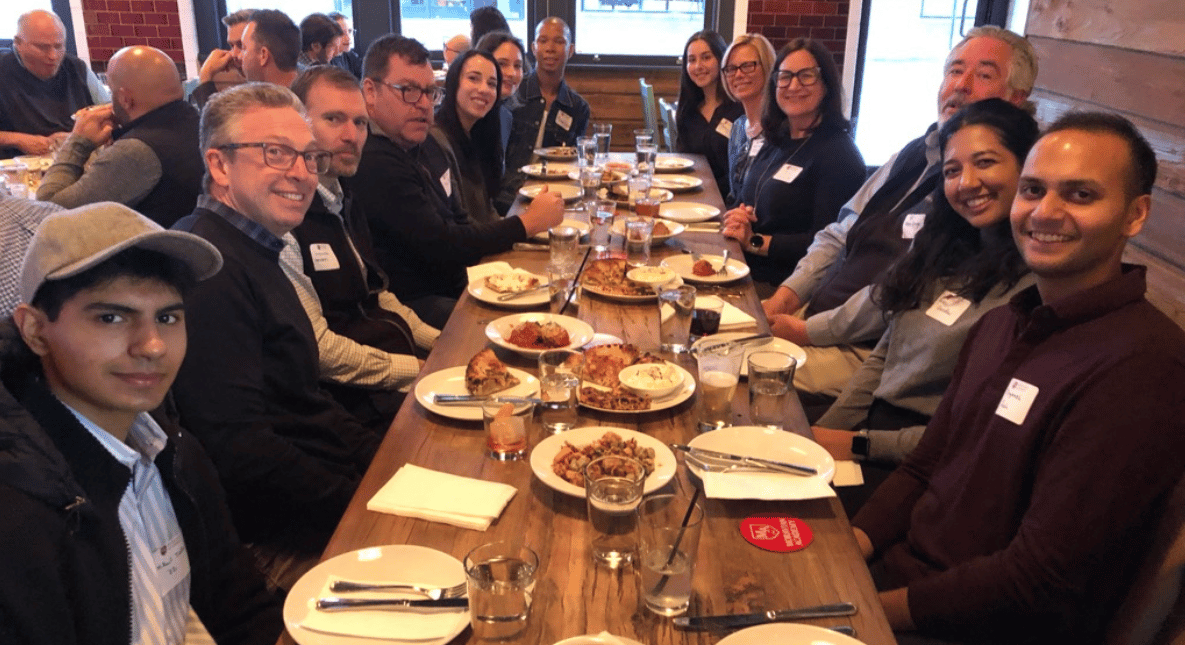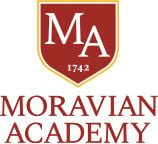Teaching as Inspiration for Innovation
How the arc and swoop of Elana Blinder's '94 career took her from mtv.com to the New York City public school system to becoming a passionate educational game developer.
The career path of Elana Blinder '94 has been anything but a straight line, but the influences of her varied experiences shine through in her current work. Blinder collaborates with game designers to develop mastery game-based learning products for the company Age of Learning as a curriculum specialist, a job that blends her love of arts and media with her passions for design thinking and education.
As a Moravian Academy student at the threshold of her journey in the 1990s, Blinder remembers loving the independence she had during free periods, deciding if she would spend her time "finishing [her] homework, or writing pretentious poetry under a tree or going to the art room to talk to [her] teachers." She frequented the art and photography studio with Mrs. Mauer and retired teacher Mrs. Frankenfield '64; her love of the arts led her to pursue an undergraduate degree in film.
"I feel like right towards the end of my undergrad years was when, you know, the Internet was this cool thing and digital technology was taking off," she says. "After undergrad, I was working at MTV.com and Time Warner in the new hip and cool web slash digital media department doing production stuff. And then I took some time off to travel."
This is where Blinder's trajectory takes an unexpected turn. While "bouncing around overseas," Blinder became increasingly engaged with social issues, and her focus shifted towards education. She taught ESL in the Czech Republic before ultimately deciding that she wanted to pursue teaching as a career. For eight years, Blinder taught in the New York City public school system.
"Teaching is really, really hard. It's fulfilling, but it's just full on all the time," she says. "And I just realized it wasn't a sustainable option for me." However, the time she spent in the classroom would influence her life's work "a hundred percent in every way, shape, and form."
"When I started to become interested in design, I recognized how much my work as a teacher was really akin to design work, where you're understanding the students in your class on this deep level and adjusting your instruction to meet their needs."
"And when you talk about innovation, you're constantly like 'This isn't working. How am I going to solve the problem of the week or of the year?' And you're constantly innovating. Like, I tried it this way yesterday. It didn't work for these three kids, so I need a new approach to try to bring this to life for them."
So, with her new perspective as an educator in tow, Blinder went back to school for another master's degree with a focus on digital media design for learning. She went on to work for a non-profit research organization called The Center for Children and Technology, collaborating on digital games and virtual reality, before taking on a contract position at Sesame Workshop in its digital games department.
"I feel like that whole period of my life really exposed me to a lot of the possibilities for innovation and education," she says.
Since September, Blinder has been with Age of Learning, but her own educational journey isn't over. She has her eyes set on a PhD program in education and information science. "What I'm especially interested in studying now is how designers can partner with children to design new educational technologies," a concept known as intergenerational participatory design. "The idea there is that you're co-creating with kids so that their voices are really heard and their needs are addressed through these products."
Partly from her experience teaching a diverse population of kids and her time spent traveling, Blinder brings a deep sense of empathy to her work. "When I think of innovation it's important to me that there is an ethical dimension to that, I suppose, like solving the problems that really need to be solved, and making people's lives better, especially the people that need it most." She advises current Moravian Academy students to find their own call to action, and then to answer it.
"Look at your own environment and say, 'What don't we like about this?' And instead of just complaining about it during your free periods," she laughs, "develop an action plan, learn the tools or find a mentor who can help you through that process. Start implementing changes in your own community and adjusting them as you discover new things." After all, innovation doesn't always take the form of grand invention. Sometimes, it's finding new ways to achieve better outcomes, and, as Blinder teaches us, what better motivator is there than to make a difference for someone in need?
This story appeared in the winter 2021 Innovation issue of the Moravian Academy Journal, which you can read here.


 myMA
myMA





.png)





